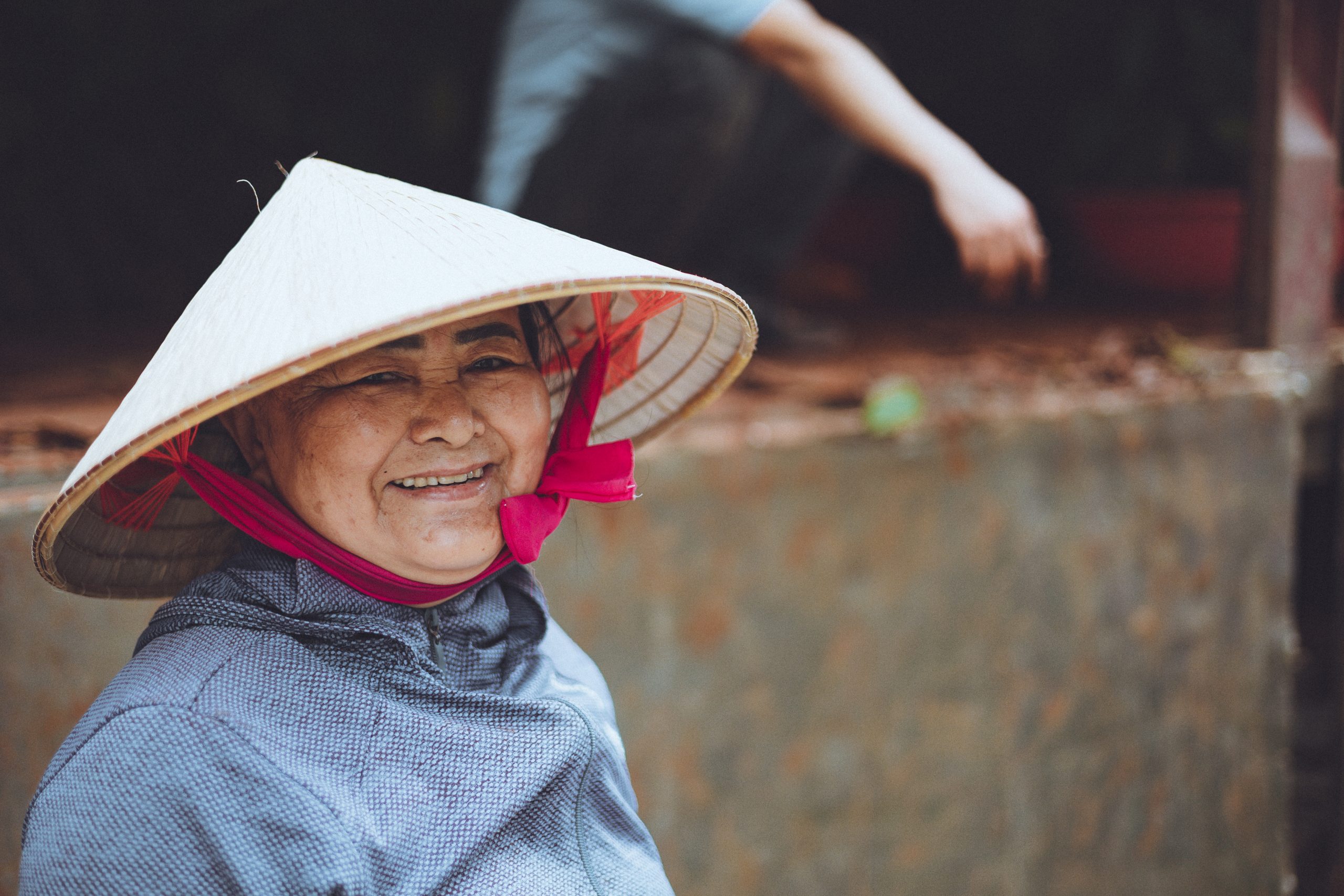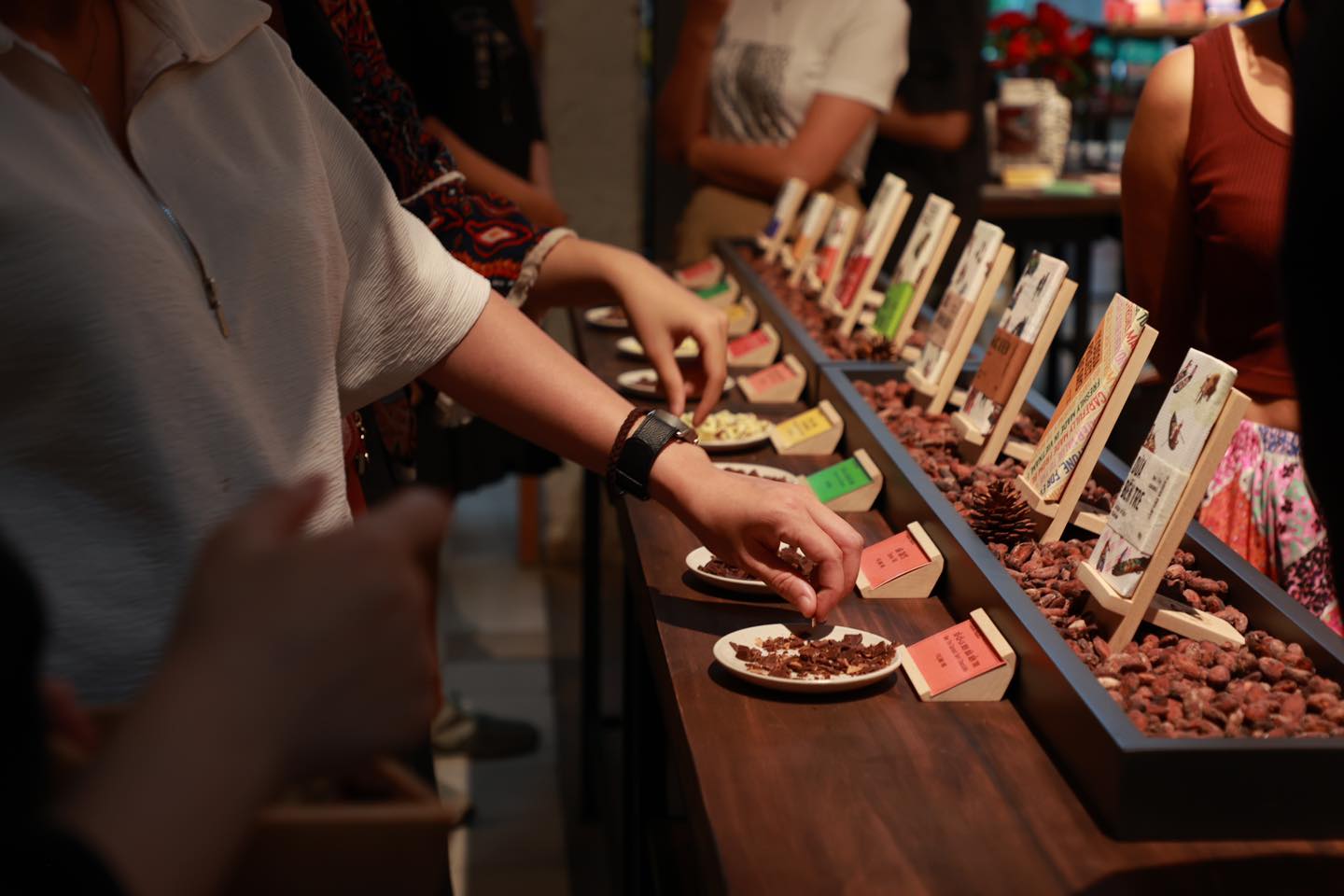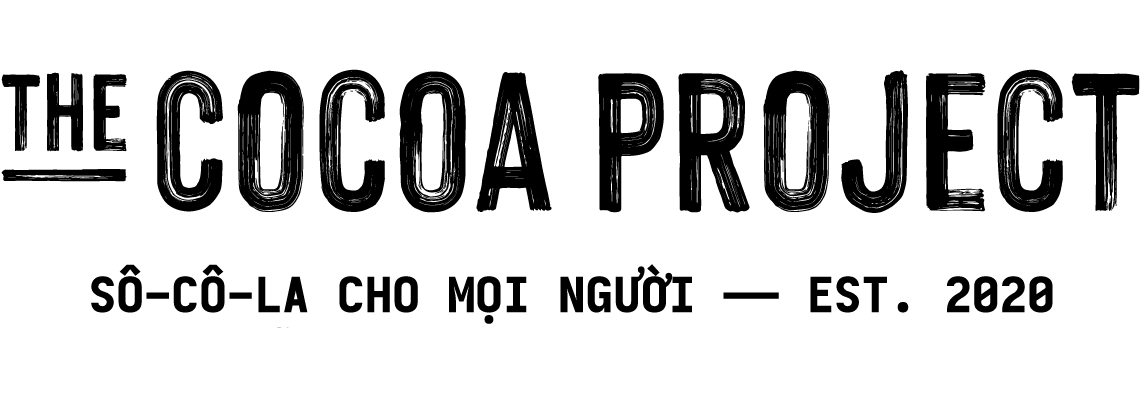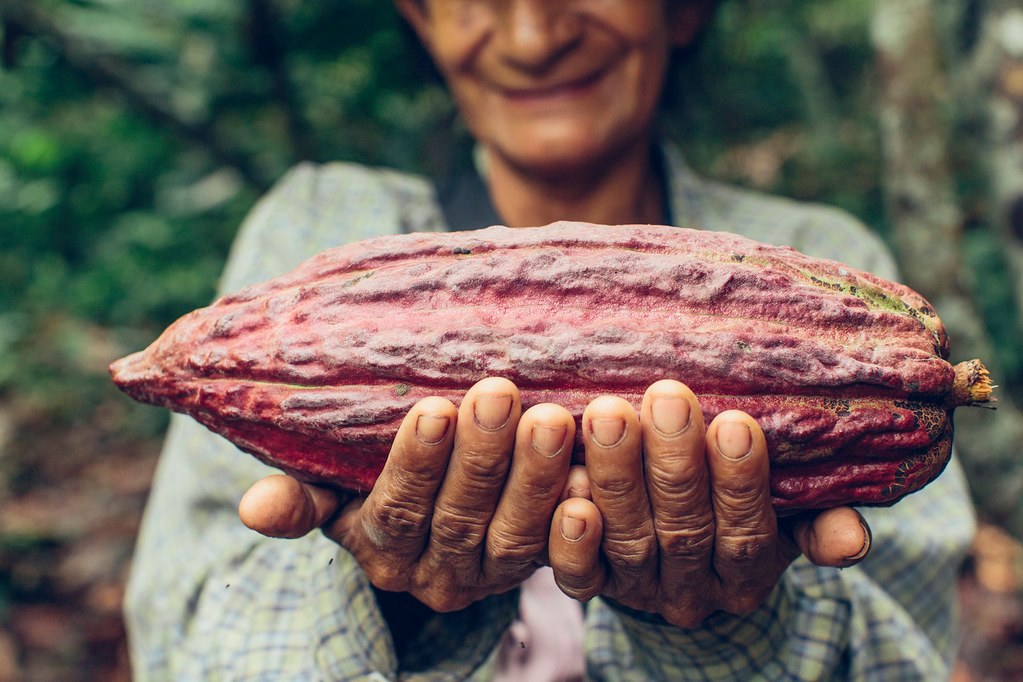Sustainable Cocoa Farming in Vietnam:
Empowering Farmers and Preserving Nature

In the lush landscapes of Vietnam, a quiet revolution is underway in the cocoa industry. As global demand for sustainable chocolate grows, Vietnamese farmers are seizing the opportunity to cultivate cocoa while championing eco-friendly practices. Let’s explore how sustainability is shaping Vietnam’s cocoa sector and the promising opportunities it offers to local farmers.
The Cocoa Renaissance in Vietnam
Vietnam’s cocoa journey began modestly with its introduction by French colonists in the late 19th century. However, it wasn’t until the 1990s that cocoa farming gained momentum, particularly in the southern provinces like Ben Tre and Tien Giang. Today, Vietnam stands as one of Asia’s leading cocoa producers, known for its distinctive beans and commitment to sustainable agriculture.
Challenges and Opportunities
Vietnamese cocoa farmers face a range of challenges, from climate variability to market fluctuations. Yet, amidst these obstacles lies a silver lining—growing global interest in sustainable cocoa. This shift presents a unique opportunity for farmers to adopt practices that not only enhance their livelihoods but also safeguard the environment for future generations.
The Pillars of Sustainable Cocoa Farming
1. Agroforestry Practices: One of the cornerstones of sustainable cocoa farming in Vietnam is agroforestry. Instead of clearing forests for mono-crop plantations, farmers integrate cocoa trees with other flora like coconut palms or fruit trees. This approach not only preserves biodiversity but also enhances soil fertility and provides additional income streams.
2. Organic Cultivation: Many Vietnamese cocoa farmers are transitioning to organic farming methods. By minimizing synthetic inputs and embracing natural pest control and composting, they produce healthier crops while reducing their environmental footprint.
3. Community Empowerment: Sustainability extends beyond the farm gate. Initiatives promoting fair trade and community development empower farmers by ensuring equitable wages and access to education and healthcare.

Opportunities on the Horizon
As the world wakes up to the importance of sustainable sourcing, Vietnamese cocoa stands poised to capture a larger share of the global market. This presents exciting opportunities for farmers:
- Premium Pricing: Sustainable cocoa commands higher prices, translating into increased revenues for farmers.
- Diversification: Agroforestry allows farmers to diversify their income with multiple crops, reducing dependency on a single commodity.
- Capacity Building: Partnerships with government agencies and NGOs enhance farmers’ capacity to adopt sustainable practices and navigate evolving market demands.

Looking to the Future
In Vietnam, the future of cocoa lies in balance—with nature and with market dynamics. By continuing to embrace sustainability, farmers can secure their livelihoods while safeguarding Vietnam’s rich natural heritage.

Conclusion
Vietnam’s cocoa story is one of resilience, innovation, and stewardship. From humble beginnings to global recognition, Vietnamese farmers have embraced sustainability as a pathway to prosperity. As the demand for ethical chocolate grows, Vietnam’s cocoa sector is poised to flourish, offering farmers a blueprint for success rooted in harmony with nature. Together, they are not just growing cocoa—they are sowing the seeds of a brighter, more sustainable future.




